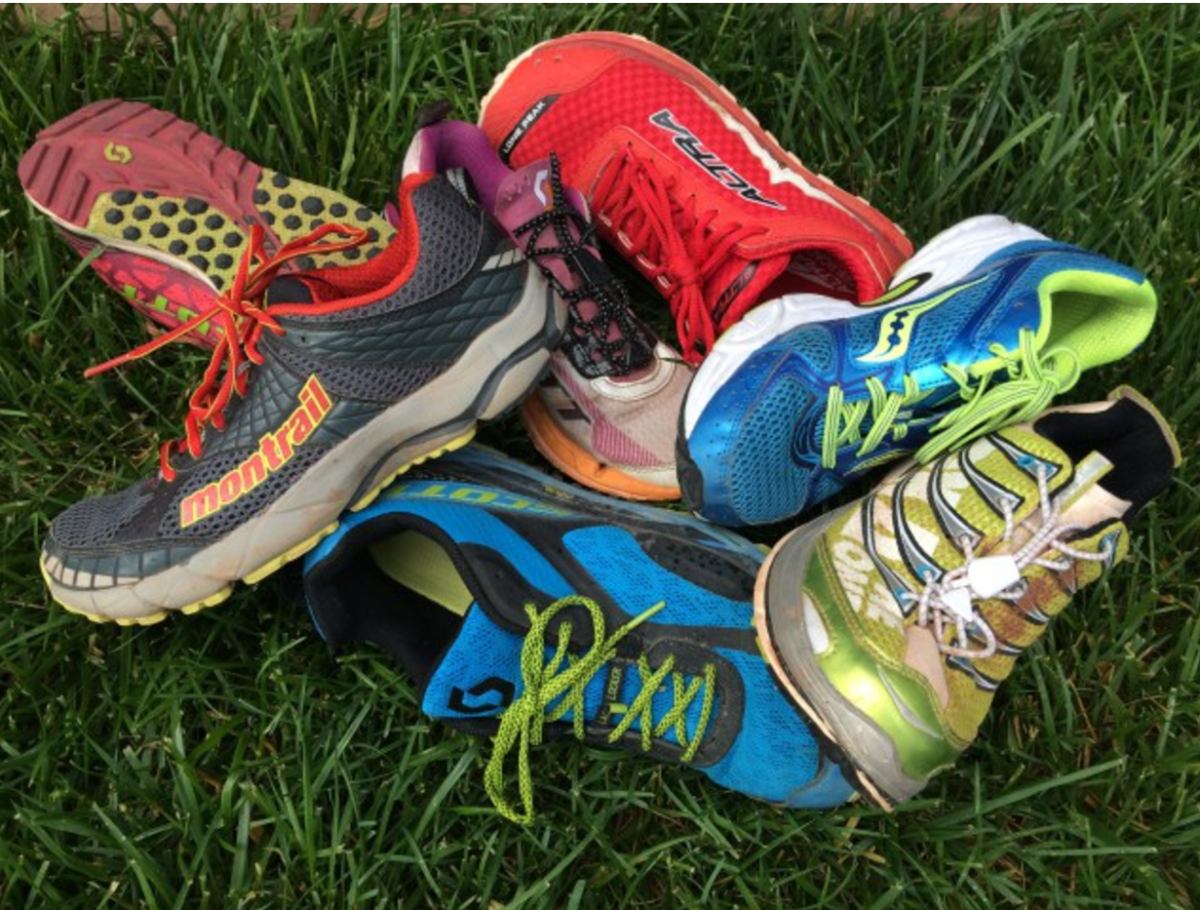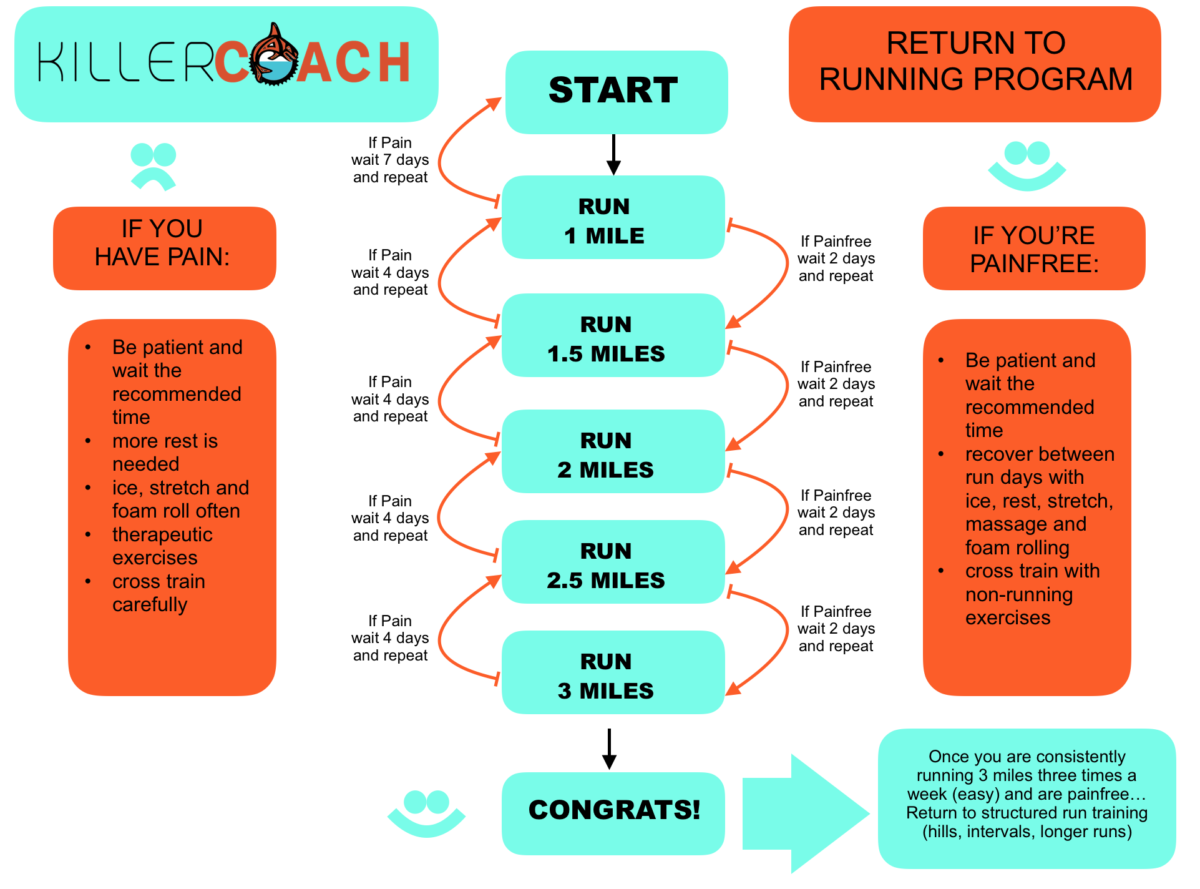If you are a triathlete or runner, having someone tell you that you need to stop running, due to an injury, is worse than just about anything you can imagine. Following a plan will allow you to come back stronger from a running injury. It may even help in preventing future injuries.
 All of that hard work, long hours of training and time spent building yourself to be a better athlete; all gone in an instant. Whether it’s an accident or an overuse injury that has you sidelined, the rehab usually starts out with the same recommendation. You either have to decrease your mileage or stop running altogether. For many of us, there is no better way to return from injury than to stop and hit the reset button. It allows the body to fully heal, recover and build a stronger foundation than you have had before.
All of that hard work, long hours of training and time spent building yourself to be a better athlete; all gone in an instant. Whether it’s an accident or an overuse injury that has you sidelined, the rehab usually starts out with the same recommendation. You either have to decrease your mileage or stop running altogether. For many of us, there is no better way to return from injury than to stop and hit the reset button. It allows the body to fully heal, recover and build a stronger foundation than you have had before.
If surgery, back pain a fracture or an overuse injury has you sidelined from running it can often be quite confusing and daunting to start running again.
“How will my body respond? What if the pain is still there? What if I am doing further damage?”
These are all valid questions and are best answered by your medical professional (therapist, physician) based on your specific circumstances. Often times the guidelines from medical professionals are quite vague and can be “just take it easy.” Easy is such a relative term and you can get into a lot of trouble trying to figure out what to do. Time is of the essence and no one wants to experience any further setbacks once given the green light to run again.
The Comeback Plan:
Outlined below is a safe, easy way to slowly build up your mileage with minimal risk of re-injury. These guidelines are based on your ability to feel pain, so make sure that you are not using medication to mask those sensations. Also, it is important to note that there is a big difference between pain and discomfort from returning to a sport that you may have been off for 6 weeks or more with an injury. You will be sore and feel some discomfort from returning to your previous activity level, but it should not be painful.
Make sure that your healthcare professional has investigated the root cause of your injury and that you are taking the proper steps to fix what got you into your current situation in the first place. Otherwise, in a few short months, you will be right back where you started, injured and not running! You need to address flexibility, range of motion, stability, strength and alignment issues.
This is not something you can do on your own, so be sure to get cleared to start back to running by your healthcare professional.
Follow this Plan:
Ensure you have proper fitting footwear that is in good shape. Have a run-gait analysis done by a trained professional and make sure you have homework in the form of drills and cross-training exercise to perform based on your individual style and past issues. All runners should be working on flexibility, stability and strength with some form of cross training like yoga, standup paddleboarding, cycling, swimming or even team sports. Why not set up a mini-gym in your house with a yoga mat, balance board, suspension trainer and some weights to make it easy to fit into your already busy schedule.
Follow this advice and soon you will be running better than your old self.
Need a coach? Get in touch with me and let’s see if we are a good fit for each other. [email protected]


